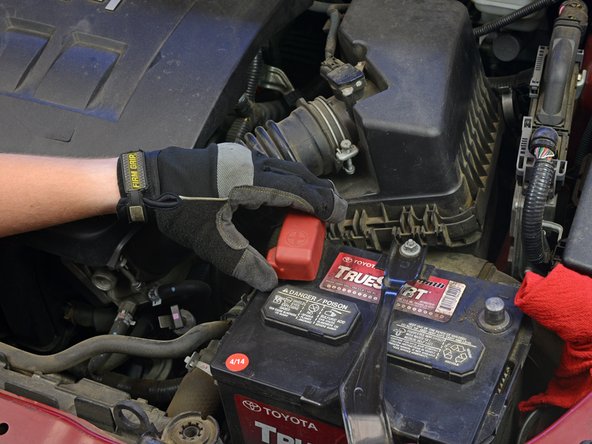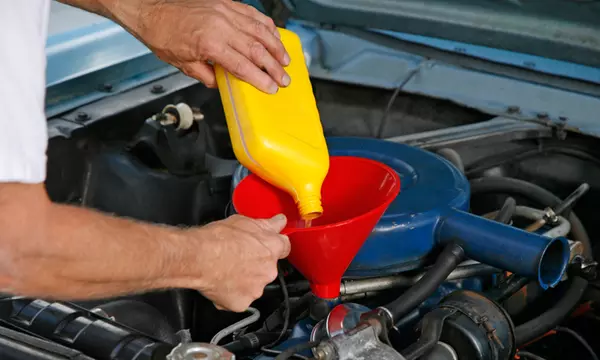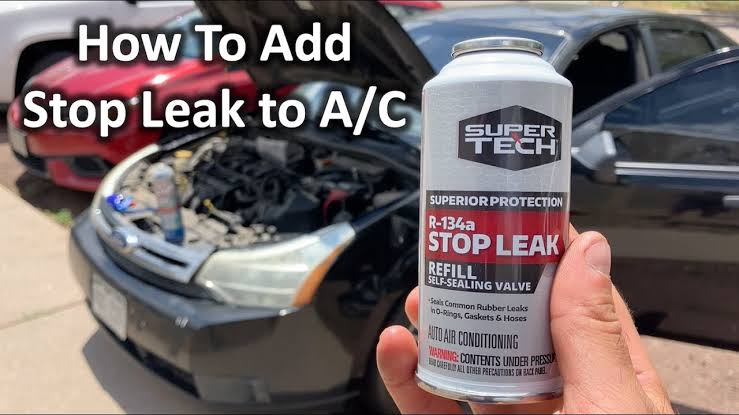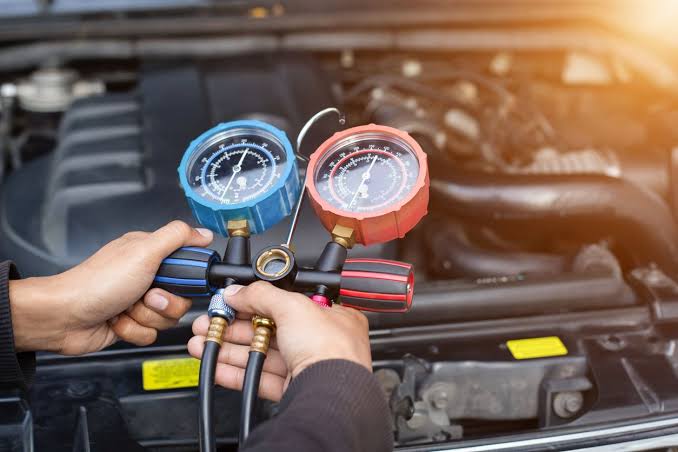Can You Bleed Brakes by Yourself?
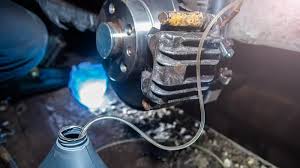
Bleeding the brakes is an essential maintenance task for ensuring the safety and effectiveness of your braking system. Over time, air can enter the brake lines, leading to a spongy brake pedal and reduced braking performance. While it’s a task typically performed by professionals, you might wonder, “Can you bleed brakes by yourself?” The short answer is yes, you can bleed your brakes by yourself, but there are some important considerations and techniques to keep in mind.
Why Do You Need to Bleed Your Brakes?
When air or moisture enters your brake lines, it can cause the brake fluid to become less effective. Air in the brake system leads to a spongy brake pedal, meaning the brakes don’t engage properly. This can cause significant issues with braking performance, including the potential for brake failure. Bleeding your brakes helps to remove any trapped air and ensures your braking system functions correctly.
What You Need to Bleed Brakes
If you’re planning to bleed your brakes by yourself, you’ll need the following tools and materials:
- Brake fluid (specific to your car’s requirements)
- Brake bleeder kit or vacuum pump (for a single-person bleed)
- Wrenches or a socket set to loosen and tighten the brake bleeder valve
- Clear tubing (for some methods)
- A clean container to collect used brake fluid
- Jack and jack stands (to lift your vehicle safely)
- Rubber gloves (brake fluid can be corrosive)
- Safety glasses to protect your eyes from brake fluid
Methods to Bleed Brakes by Yourself
There are a few different methods you can use to bleed the brakes on your own. Here’s a breakdown of the most popular options:
1. The Vacuum Bleeder Method
This is one of the easiest methods for bleeding brakes by yourself. A vacuum bleeder uses a suction tool to draw air and old brake fluid out of the brake lines.
Steps:
- Lift the car: Use a jack and jack stands to lift your vehicle and secure it safely.
- Attach the vacuum pump: Connect the vacuum pump or brake bleeder to the brake bleeder valve on the brake caliper or wheel cylinder.
- Pump the vacuum: Operate the vacuum pump to create suction, and open the bleeder valve to start the fluid flow.
- Monitor the brake fluid: Keep an eye on the brake fluid reservoir and top it up as necessary to avoid air re-entering the brake system.
- Repeat for each wheel: Start with the brake farthest from the master cylinder (usually the passenger side rear) and move toward the closest (driver side front).
2. Gravity Bleeding
Gravity bleeding is a more straightforward method, where you rely on gravity to push the brake fluid through the system. This method works best when you have a helper, but it can be done by yourself with some patience.
Steps:
- Lift the car: As always, lift the vehicle securely using a jack and jack stands.
- Loosen the bleeder valve: Starting with the brake farthest from the master cylinder, loosen the bleeder valve slightly.
- Check for brake fluid: Open the brake fluid reservoir and monitor it as the fluid naturally flows through the brake lines and out of the bleeder valve. Make sure it doesn’t run dry.
- Close the valve: Once the fluid starts flowing without air bubbles, close the valve and move to the next wheel.
- Repeat for each wheel: Continue working your way around the car, from the farthest wheel to the closest.
3. Pressure Bleeding
Pressure bleeding requires a brake fluid pressure system (available at many auto parts stores or online) and allows you to force fluid through the lines.
Steps:
- Lift the car: Lift the car securely using a jack and jack stands.
- Attach the pressure system: Connect the pressure bleeder to the brake fluid reservoir and pressurize it according to the instructions.
- Open the bleeder valve: Start with the farthest brake from the master cylinder, and open the bleeder valve. Fluid should begin to flow.
- Monitor the fluid: Keep an eye on the fluid level in the brake reservoir, and make sure to close the valve once the fluid runs clear without air bubbles.
- Repeat for each wheel: Continue working your way around the vehicle.
4. Manual Two-Person Method (With One Person)
If you don’t have specialized tools like a vacuum pump, a simple manual two-person method can work. This involves you being the person to open and close the brake bleeder valve while someone else pumps the brake pedal.
Steps:
- Lift the car: Raise the car securely.
- Have a partner pump the brakes: Have a helper pump the brake pedal several times and then hold it down.
- Open the bleeder valve: While the brake pedal is held down, open the bleeder valve to release air and brake fluid.
- Close the valve: Close the valve before your helper releases the brake pedal to prevent air from re-entering the system.
- Repeat for each wheel: Start with the farthest wheel from the master cylinder and move toward the closest.
Precautions to Take While Bleeding Brakes
While bleeding your brakes by yourself is possible, there are some important precautions to consider:
- Always use the correct brake fluid: Refer to your owner’s manual for the recommended brake fluid type (DOT 3, DOT 4, or DOT 5).
- Keep an eye on the fluid level: As you bleed the brakes, ensure the brake fluid reservoir does not run dry, or you risk letting air back into the system.
- Be careful with brake fluid: Brake fluid is corrosive and can damage your car’s paint. If any fluid spills on the vehicle, clean it up immediately.
- Check the brake pedal: After bleeding the brakes, test the pedal feel. If it still feels spongy or doesn’t firm up, you may have missed a spot or there may be another issue with your braking system.
Conclusion
Yes, you can bleed brakes by yourself, but it requires the right tools, careful attention, and patience. If you use a vacuum pump, gravity bleeding, or a pressure bleeder system, you can perform this task solo. Just ensure you’re working safely, and don’t forget to check the fluid levels regularly. If you’re unsure about the process or encounter any issues, don’t hesitate to consult a professional mechanic to ensure your brakes are in top condition. A well-maintained braking system is crucial for your vehicle’s safety.

